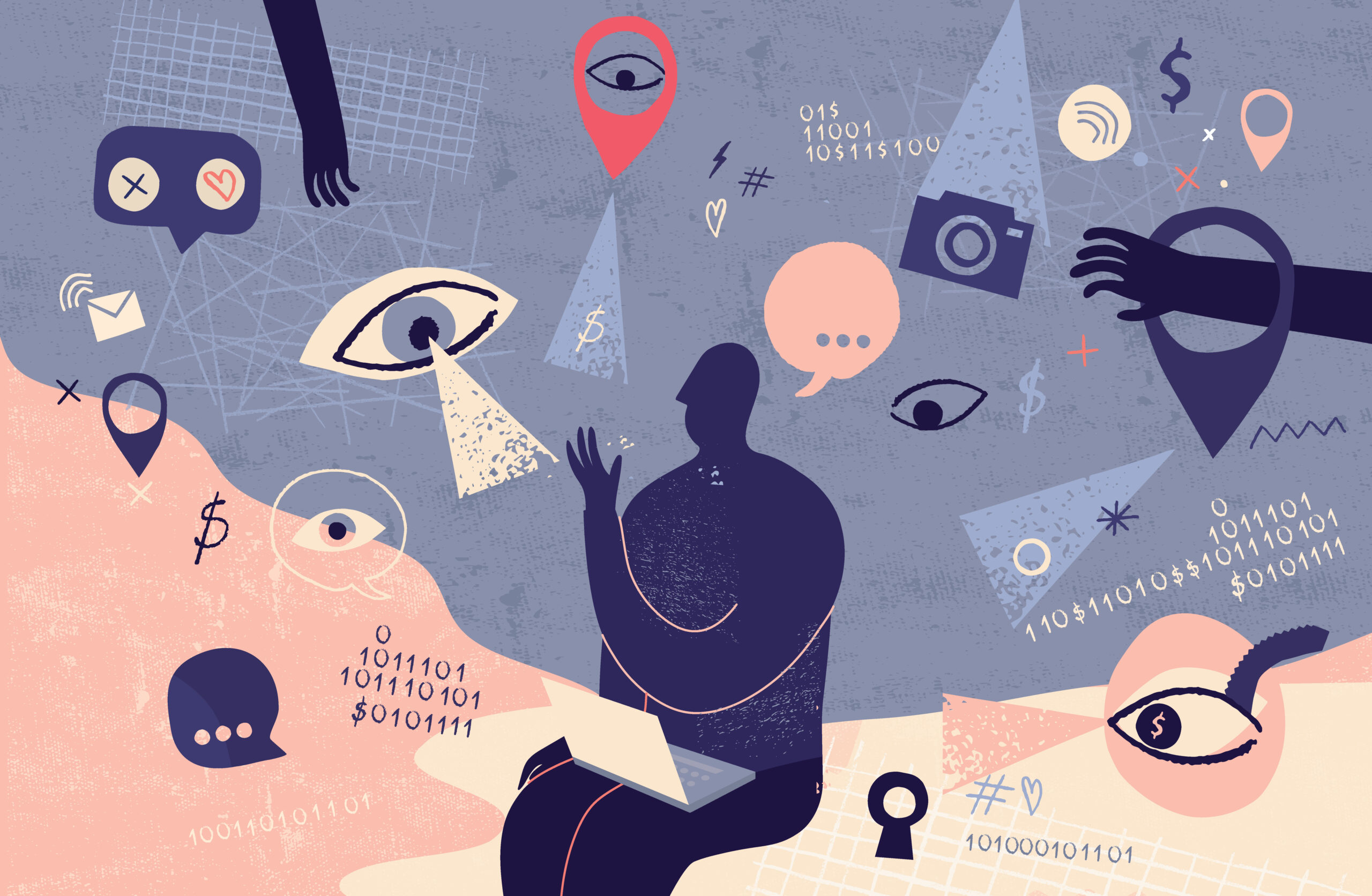by Ben Whitley
Social media has revolutionized modern-day communication, but overusing it has drastic consequences. While it has connected us with people who previously seemed worlds away, studies have shown a link between social media and a decrease in productivity, self-esteem, coping strategies and social skills. Fortunately, developers recognize this impact and offer tools that help monitor social media use.
Smartphone Settings
Smartphone manufacturers are addressing social media addiction concerns by including features like the Screen Time settings on Apple and Google’s Digital Wellbeing app on Android. These features allow users to see how much time they spend on their phone, how many times they pick it up, and how often they receive notifications. This information can also be broken down by apps. Additionally, users can schedule time to step away from their screen—such as during dinner time with family—and only preselected apps and phone calls from specific contacts will be available.
The Center for Humane Technology claims that “colorful icons give our brains shiny rewards every time we unlock,” so setting a smartphone to grayscale can inhibit these habits and allow users to wean themselves off of checking their phones too often. Users can also arrange their apps to hide those that they are trying to use less.
Social Media App Settings
Social media apps such as Facebook and Instagram allow users to control notifications and manage time spent on the screen. According to a study conducted by Harvard University, “Every notification, whether it’s a text message, a ‘like’ on Instagram, or a Facebook notification, has the potential to be a positive social stimulus and dopamine influx,” which programmers utilize to implement reward patterns that keep users engaged as much as possible. They develop algorithms that keep users engaged as much as possible by optimizing when and how often notifications
are released to reward users’ dopamine-driven desire for social validation. The study recommends disabling notifications and keeping the display in black and white to reduce these programs’ ability to grab and hold users’ attention.
Social media settings also allow users to control what they see on their feeds. While users spending hours comparing themselves to influencers can be detrimental to their wellbeing, using these apps to connect with old friends and loved ones is not time wasted. Users should take the time to “mute” or “unfollow” accounts that spread negativity, and instead follow real-life connections and those that would have a positive contribution to the time spent scrolling.
Productivity Tools
Most industries require the use of a computer or smartphone these days, so it takes discipline to stay focused and avoid social media distractions. Browser extensions such as StrictWorkFlow or StayFocusd allow users to block sites and set time limits. There is a smartphone app called Forest that allows users to set a period of time, and as a reward, a digital plant will grow in the app. When a user breaks this schedule, they will be warned to get off the phone or the plant will die!
While there are many apps and tools that allow users to control their screen time, self-discipline will be the most significant factor as users can always bypass these settings. Consider other external habits, such as dedicating an hour a week on a screen-free hobby, or leaving the smartphone outside of the bedroom and using a traditional clock as an alarm, in order to develop healthier browsing habits. As with any new habit, progress is more significant than perfection, so reducing screen time by even just five minutes a day can lead to more significant change in the future.








Leave A Comment